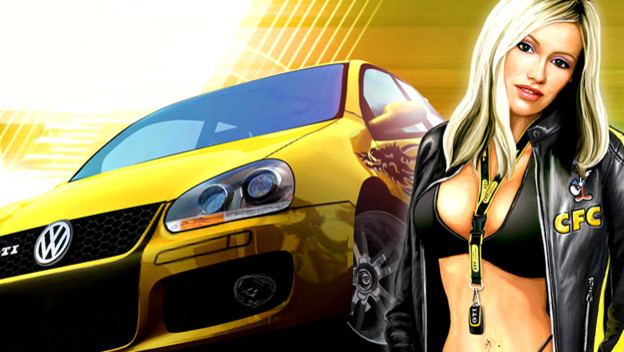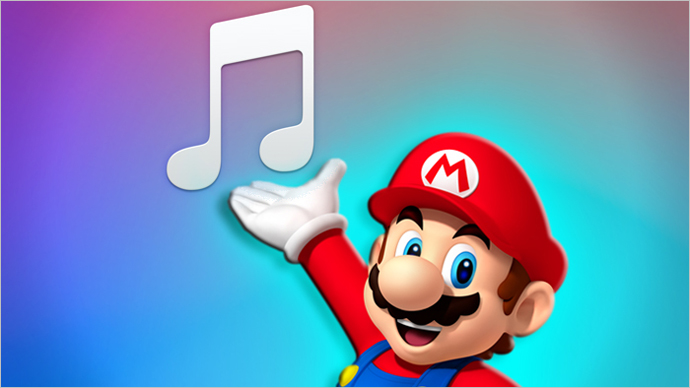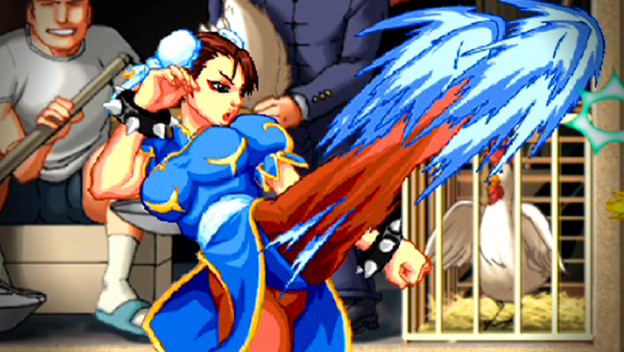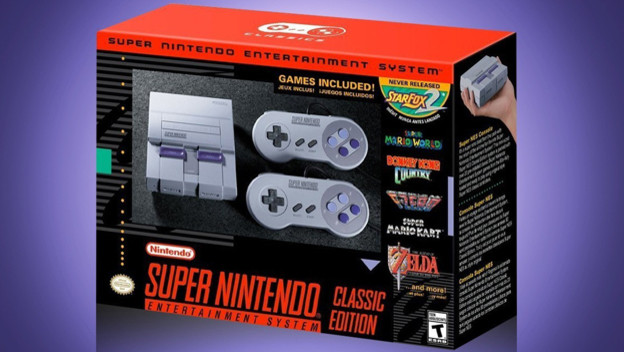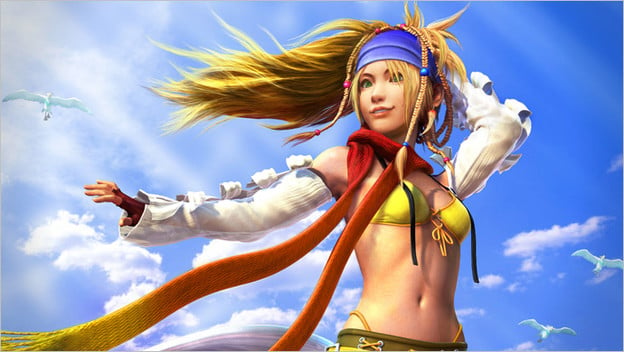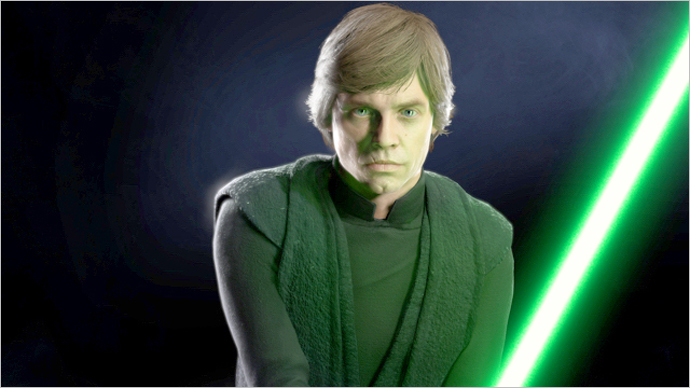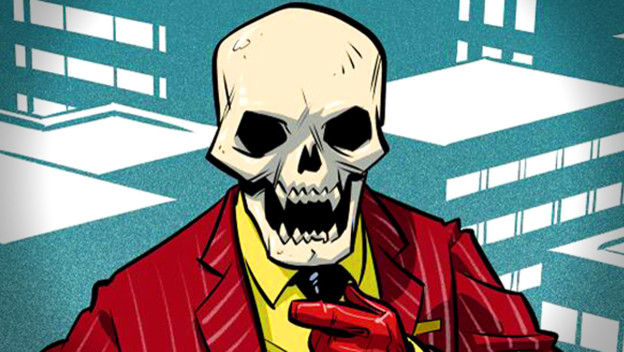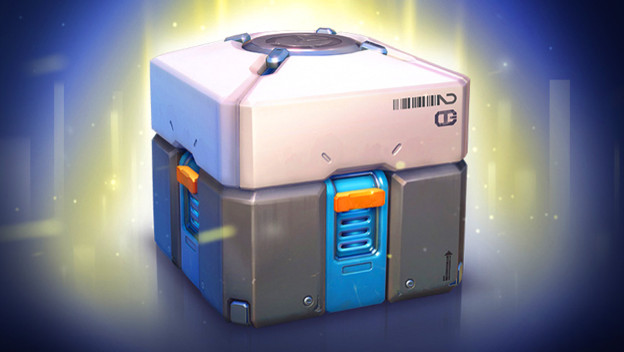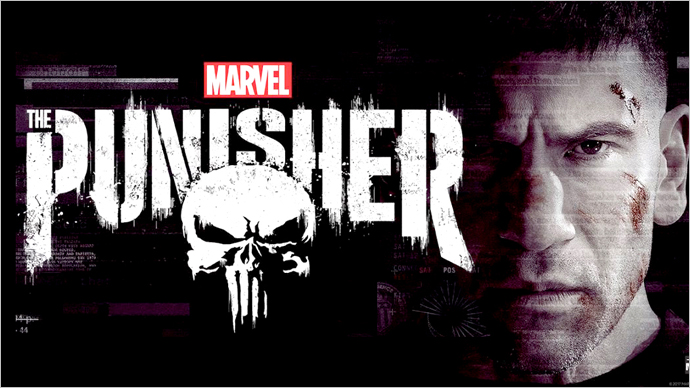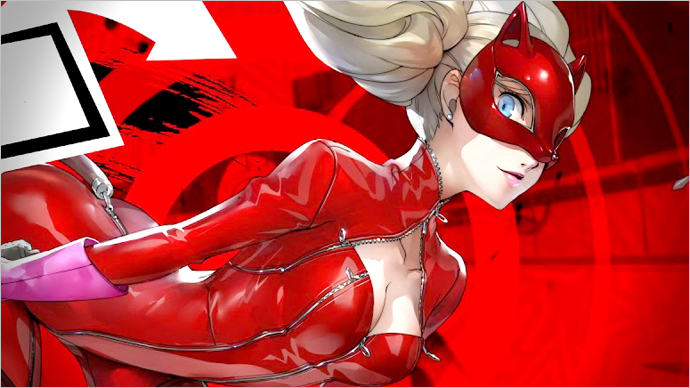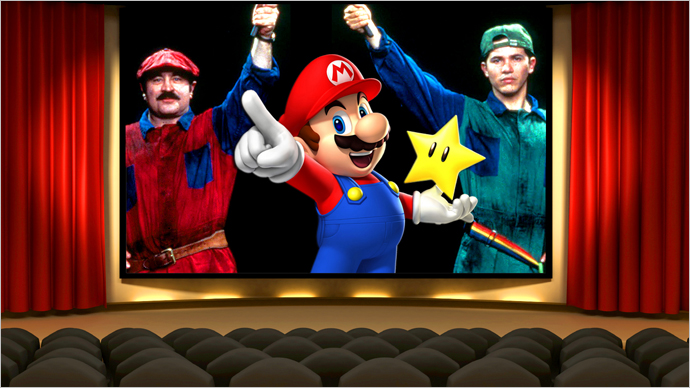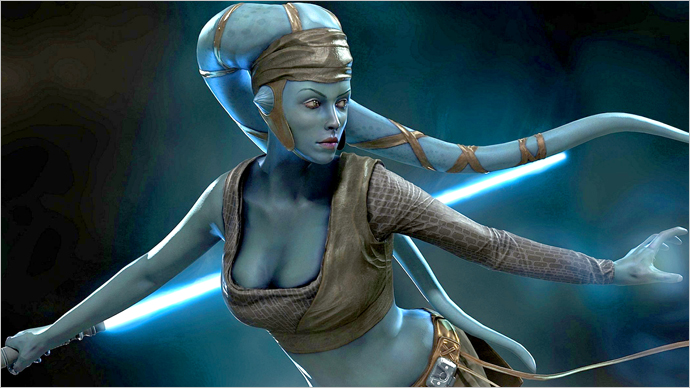
| System: PS4, Xbox One, PC |  |
| Dev: Capcom | |
| Pub: Capcom | |
| Release: September 19, 2017 | |
| Players: 1-2 Player | |
| Screen Resolution: 480p-1080p | Mild Blood, Mild Language, Partial Nudity, Suggestive Themes, use of Alcohol, Violence |
by Lucas White
A lot has happened since Marvel vs. Capcom 3. It launched over a year before The Avengers hit theaters. Hollywood realized it could make money again, and the ticket to doing so was officially branded as Extended Cinematic Universes. Since then, Disney bought Marvel and Star Wars, shut down LucasArts, and scorched the whole Earth respective to the video game landscape with these IP. At the same time, weird stuff has happened at Capcom. I won’t pontificate here about Capcom’s financial situation coming into this generation, but whatever happened between Street Fighter IV and V led to a strange debut for the latter. Between a more pro-centric launch that alienated casual players and an odd platform-exclusivity deal with Sony, things didn’t appear to go too smoothly. Enter our subject today: Marvel vs. Capcom: Infinite.
At first, it doesn’t feel like Marvel vs. Capcom: Infinite has much of an identity, with a sterile, safe presentation that feels like it came from a company known for parting ways with film directors for deviating too much from the playbook. Then it seems confused, cramming a wacky story mode into its unenthusiastic aesthetic, because that’s the thing that casual players expect now. But, after diving deeper, playing with the new systems and spending time in The Lab, I’ve discovered an attempt by Capcom to distill Marvel vs. Capcom into its purest form and create a system that encourages aggression and creativity with a universal set of rules and limits that lets character individuality shine, rather than making the characters the systems themselves.
Capcom is always trying to find new ways to balance complexity for hardcore appeal with a gentle barrier of entry. Marvel vs. Capcom 3’s core was an ease of use “magic series,” simplifying the basics for simple combos. It also included X-Factor, a monstrous comeback mechanic that could turn around a bad situation on a dime. While those made the game accessible, its metagame was still complicated, with things like assists and character-specific mechanics. It was great fun, and its bright, colorful comic book aesthetic drew people in.
Marvel vs. Capcom: Infinite’s thesis is a universal toolset. Every character follows the same rules, some of which required specific setups and assists in previous games. The A, B, C, D magic series is gone, with the system from older games returning. Basic combos are broken down into light/heavy punches and kicks, and launching isn’t a dedicated button. Assists are gone entirely and fights are back to two-on-two, Marvel vs. Capcom: Clash of Super Heroes style.
On paper, it almost sounds too simple. Not worrying about the assist system alleviates a ton of extra work and learning. That said, much of the functionality afforded by the assists is within the characters themselves now, and that’s where that universal ruleset comes into play. This includes what characters can and can’t do, along with a powerful and versatile tag system.
To start, every character has the same basic combo tool. Hit light, light, heavy, heavy, then launcher, sail into the air, and repeat, sending your opponent crashing to the ground. More experienced players will be able to play with this, but this is the key fundamental of a Marvel vs. Capcom game. From there, you can use a various tools to put your opponent in a juggle state. There are three different juggle states: a wall bounce, a ground bounce, and the Off The Ground (OTG). Every character has these properties assigned to specific moves. The hook here is the limitation.
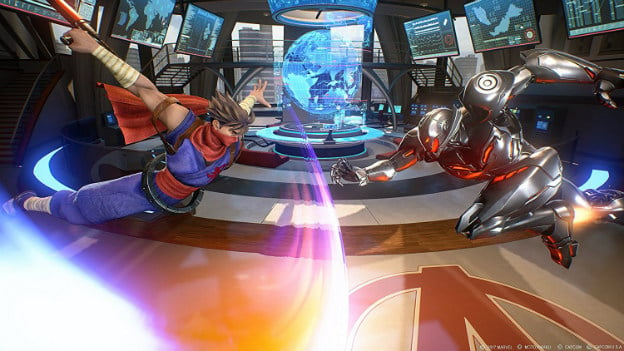
During a combo, a player can only enter each of these juggle states one time. For example, hitting Ryu’s “mule kick” will cause a wall bounce, but doing it again in the same combo will end the party early. Instead, the player might try the mule kick, launching off the wall bounce, then, after ending that sequence, use crouching light kick to OTG the opponent and extend that way. These are tools that existed before in Marvel vs. Capcom games, but required using assists, which was both complicated and risky. Now all the tools are built into the characters you directly control. This makes longer and more creative combos much easier to figure out, especially combined with tagging.
To tag, you just press a button. You can cancel any action into a tag, and the character will come in while the previous action is still playing out. Tagging is also an attack, which is a pretty big deal. That means tagging is its own combo extender and affords tons of options and creativity for mixups, big damage, and style. Depending on the resources you have, you can tag back and forth multiple times, then pop off a sequence of several hyper combos, one after the other. Add in the Infinity Gems, and you have, well, infinite possibilities for what an individual player’s offense can look like.

The Infinity Gems are where Marvel vs. Capcom: Infinite’s box of tools really shines. There are six gems, and each one has a distinct effect. These are also tied to a single button press and don’t require any meter, just like tagging). They serve various purposes, and with the Infinity Storm, which uses the gems’ separate meter, the variety and tools available to the player expand even more. You can fill holes in your characters’ arsenals, add combo potential, steal health, or revive a knocked-out teammate. This replaces a more straightforward comeback mechanic and extends this game’s theme of creativity with simple and defined tools.
While I’m pretty happy on how Marvel vs. Capcom plays, I’m not so thrilled with the way it looks or sounds. Presentation is hugely important in games like these; oftentimes the big draw is how crazy things get onscreen over the mechanical nuance, especially for casual players. Look no further than the entire rest of the series’ history for evidence. From the amazing sprite art of the 90’s and the whimsical use of color and literal comic book style of the last game, to the wacky nonsense and theme-heavy music, “Marvel vs. Capcom” generally means an assault to the senses in the best kind of way.







